July means that summer is officially here in the Northern Hemisphere. It is a month full of warmth and celebration, and those Victorians knew how to enjoy it. As we have already explored this year, July was part of the Victorian social season. The formal events of the set season were combined with similar social gatherings that I am sure many of you are enjoying, visits to the beach, picnics, vacations, and more. It is a relief to be outside so much more after the rainy spring that we had here in Denver, and I am looking forward to all of those things and more.
Although it is such a fun month, I think that July often gets overlooked in our zest for grabbing the summer while we can. Let’s explore what it is best known for and how the Victorians made it count.
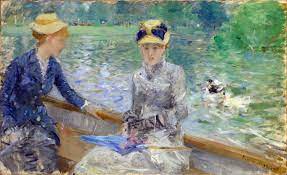
July: some history
We often lose sight of the fact that many of the months of the year are named after people from history. July may have the most well-known derivation, being named after Julius Caesar. Says Dictionary.com:
“July was named in honor of Julius Caesar. Quintilis, which was his birth month, was renamed July when he died. Quintilis means “fifth month” in Latin, which represents where this month originally fell in the Roman calendar.”

Things that happened in July
I have pulled some historic happenings that took place in July that I thought our readers may enjoy having in their conversation starters collection this month.
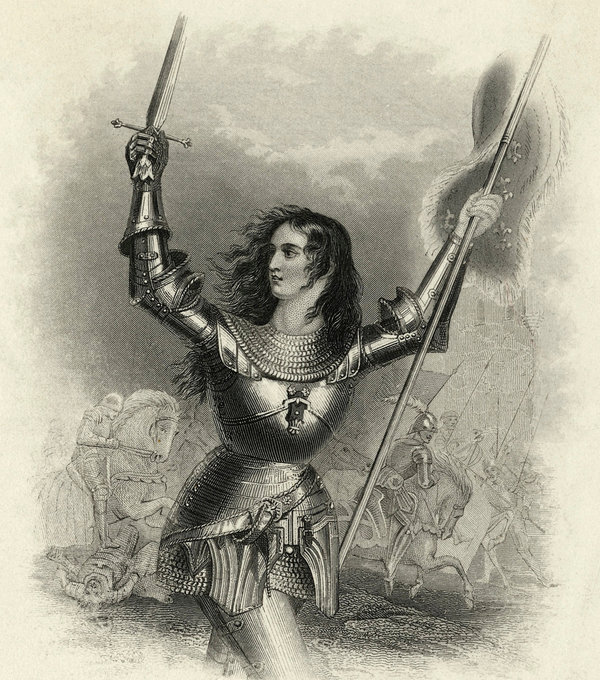
July 7, 1456 – In a retrial, Joan of Arc is acquitted of heresy 25 years after her death.
July 4, 1796 -The first Independence Day celebration is held.
July 1, 1847 – U.S. postage stamps went on sale for the first time.

July 1, 1848 – The first photographs were used in a newspaper.
July 21, 1853 – The New York State legislature sets aside 750 acres on Manhattan Island for the creation of Central Park.
July 23, 1904 – Charles E. Minches of St. Louis, Missouri fills a pastry cone with two scoops of ice cream, and the ice cream cone is invented. (And subsequently, July is also National Ice Cream Month)
July birthdays
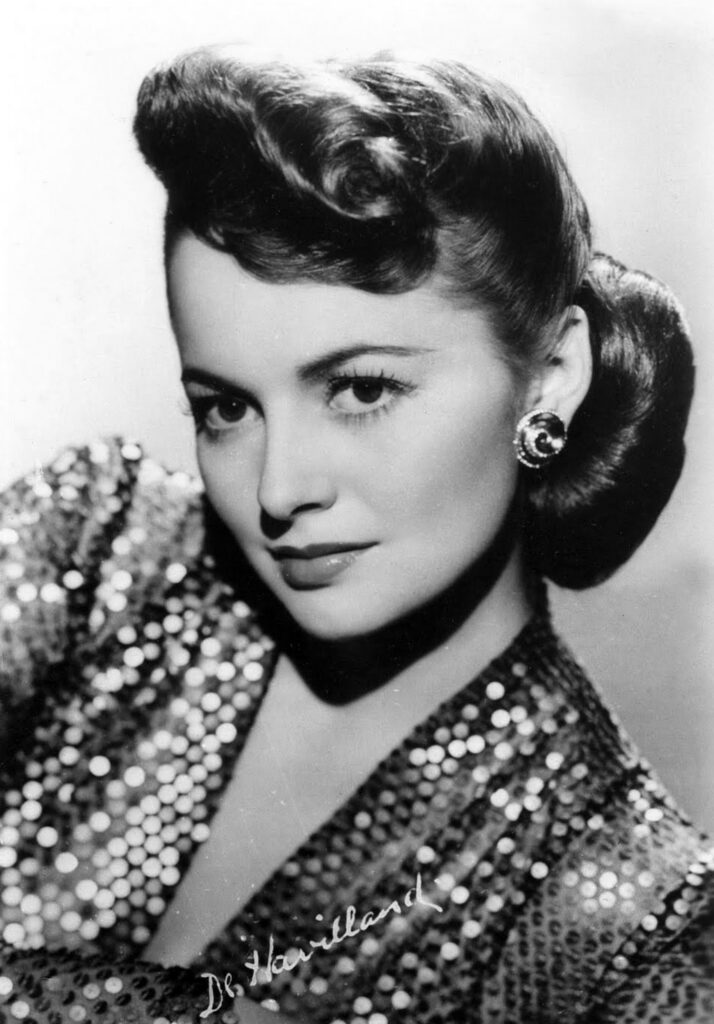
Are any of your favorite figures from history on this list?
July 11, 1767 – John Quincy Adams
July 12, 1817 – Henry David Thoreau
July 21, 1899 – Ernest Hemingway
July 1, 1916 – Olivia De Havilland
July 6, 1923 – Nancy Reagan
July 1, 1961 – Diana, Princess of Wales, married Prince Charles
July birthstone: Ruby

Though I may have paired such a dark-colored stone with a winter month, ruby is the birthstone for July. And what a stone it is. Did you know that the ruby is only second to the diamond on the hardness scale? Some other fun facts about this vibrant stone:
-As with many stones, the word “ruby” has a Latin origin. It comes from the Latin word “ruber,” which means red.
-The ruby has long been considered one of the most sought-after gems. It is mentioned in the Bible eight times.
-Due to its unmistakable likeness to blood, until relatively modern times it was believed to hold life-giving qualities and protect against death.
-The largest known ruby in the world is the 125West Ruby, weighing more than 18,000 carats. Check it out below.
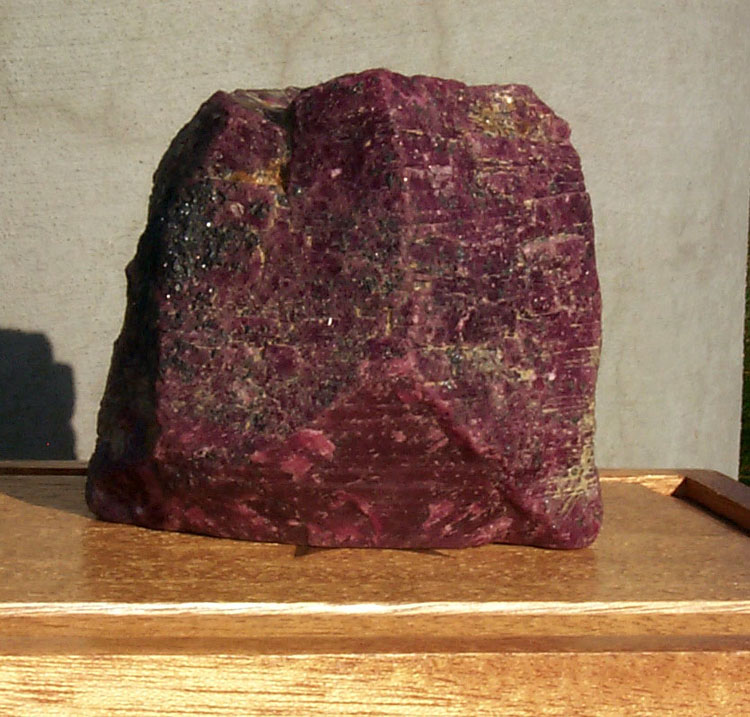
I will cover the history of birthstones in an upcoming post. One thing that I have learned is that they had been assigned to months prior, but in 1870 a Tiffany pamphlet gave each a poem, further solidifying the tradition. The charming diddy for July reads:
The glowing ruby shall adorn,
Those who in July are born;
Then they’ll be exempt and free
From love’s doubts and anxiety.
July’s flower of the month
And now for my favorite part of each month’s post: the flower of the month.
July’s primary birth flower is the larkspur. If the name doesn’t ring a bell, the image surely will.
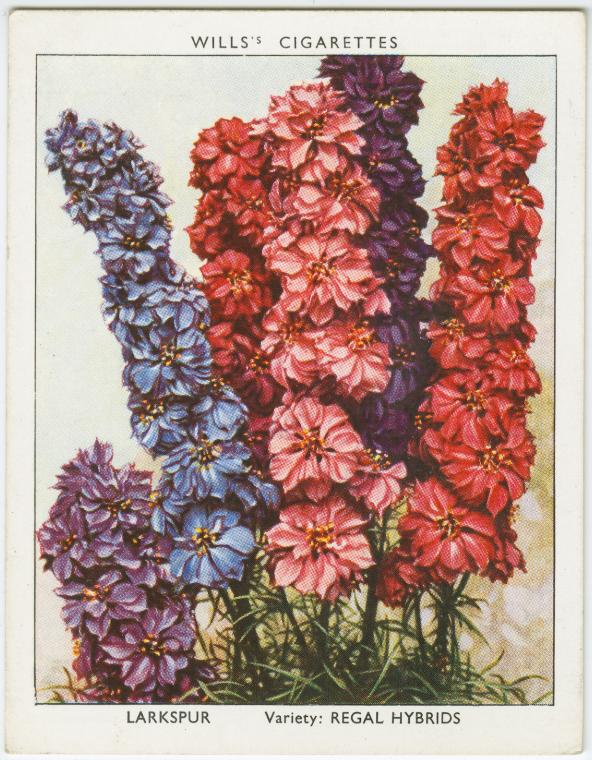
Larkspurs are a part of the buttercup family and one of the few flowers mentioned in Goerge Washington’s letters. A letter from friend William Gordon reads:
“sent you three-quarters of a pound of larkspur to make the garden gay.”
The flower is still prominent on the grounds of Mount Vernon today.
July’s secondary flower is one of my favorites (though I do have many), the water lily.
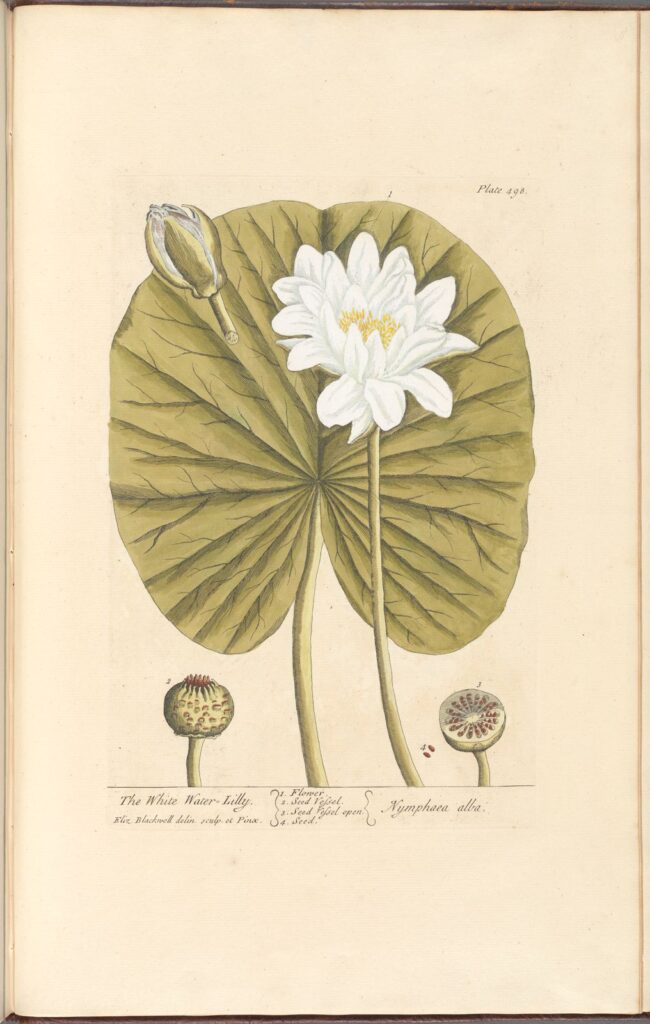
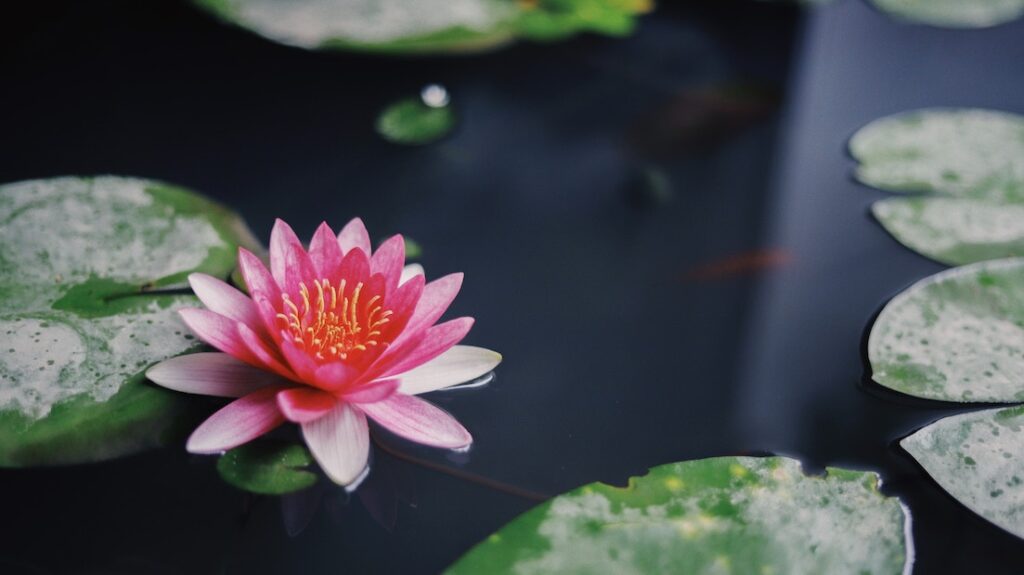
Victorian July: seaside escapes
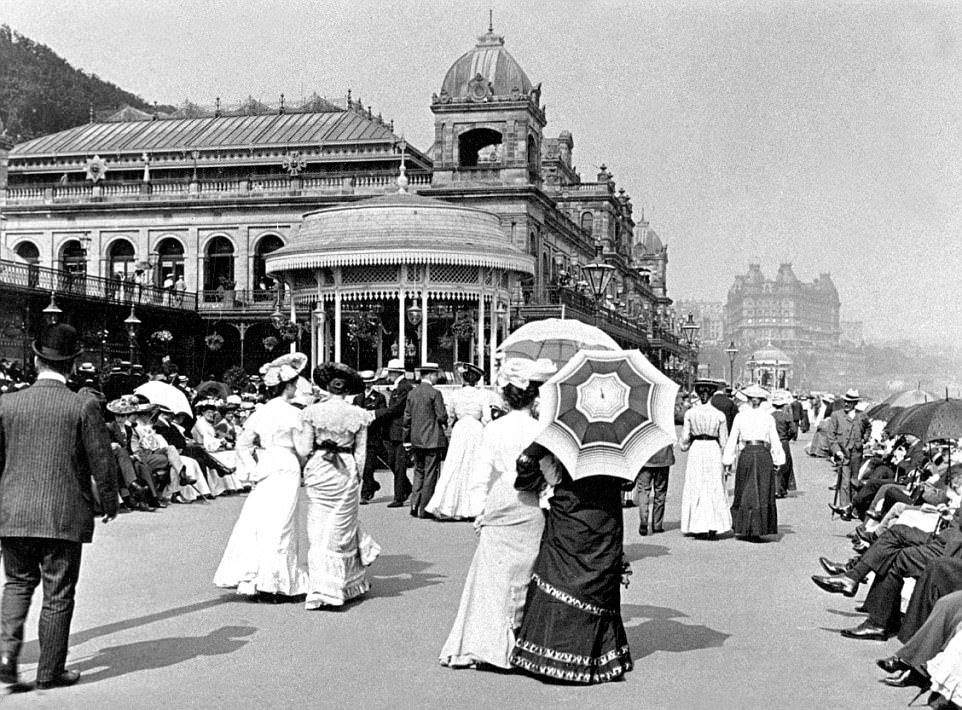
Sunbathing and spending the weekend at the sea were new pastimes in the Victorian era, and gained popularity with each passing year. The evolution of sunbathing as an acceptable activity for women and the thus inevitable evolution of swimwear is of particular interest to me and one that I have covered on the blog extensively. Get caught up with these blog posts:
The history of the suntan: Victorian era to Flapper era
Women and the Victorian bathing machine
The Introduction of the Bikini
Swimsuit Police to the Rescue!
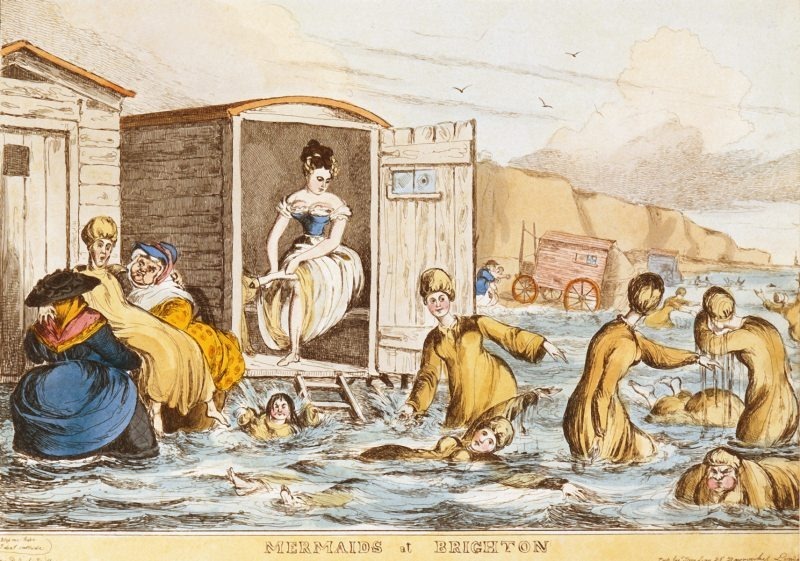

Garden parties
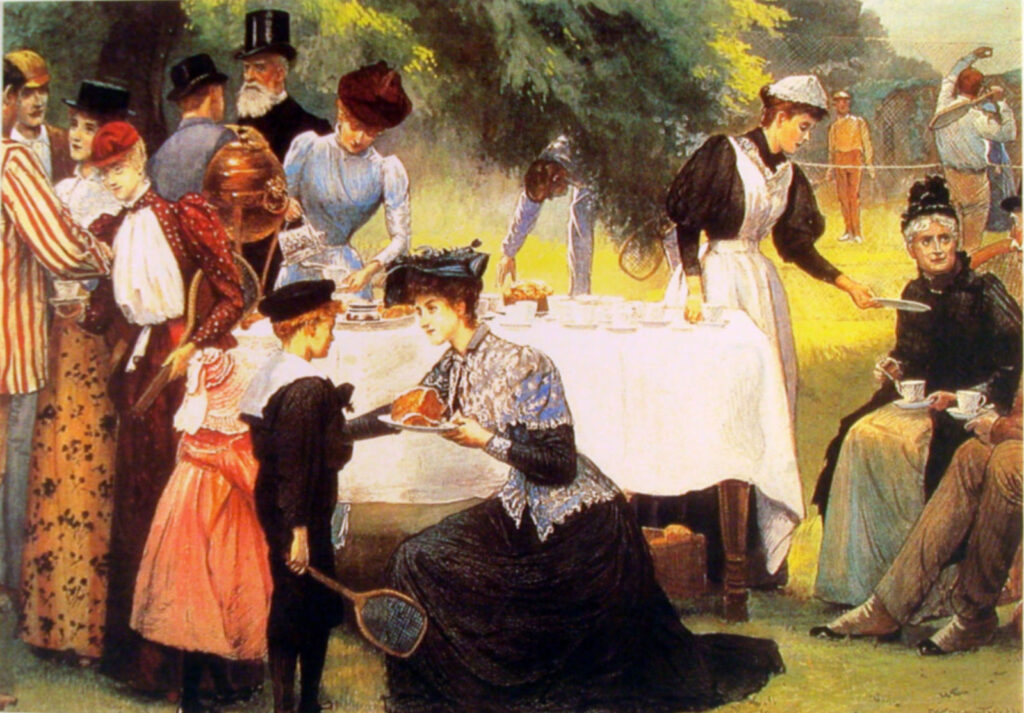
The growing popularity for sunbathing was just one of several trends when it came to outdoor socializing in the Victorian era. Each summer also saw more people planning “garden parties” – i.e. private formal events held on the lawns of those who hosted them.
According to the Royal Trust Collection, it was a concept that indeed sprung from the time period. Their website reads:
“It was during Victoria’s long reign that the first Garden Parties were hosted in the Buckingham Palace garden. The very first event took place on 22 June 1868 with Queen Victoria describing the event in her journal: ‘The afternoon splendid, & not too hot’…Quantities of people on the lawn whom I had to recognise as I went along…it was very puzzling and bewildering’.”
The Queen’s garden parties would become a tradition that many of you will know continues to this day. The painting below depicts one such event that took place at Buckingham Palace during the summer of 1887.
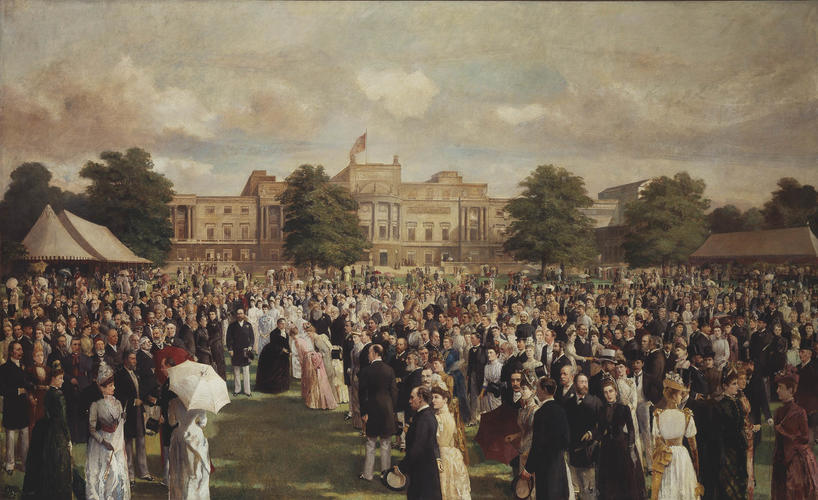
Read about the current state of the royal garden party:
Vouge.com: The Historic Evolution of the Royal Family’s Grand Garden Parties
Royal.UK: Garden Parties
The royal family wasn’t the only household to host garden parties in the later half of the 19th century. Many with property would look forward to their annual summer soiree each year. This was depicted multiple times with the Crawleys in Downtown Abbey (though not a Victorian example). The recipe was simple, though the execution was not. A proper Victorian garden party consisted of:
-Music
-Liquid refreshments
-Optional opportunities for dancing
-Decorations
-Floral displays
-Light snacks
It sounds and looks like a perfectly delightful way to spend a summer afternoon.
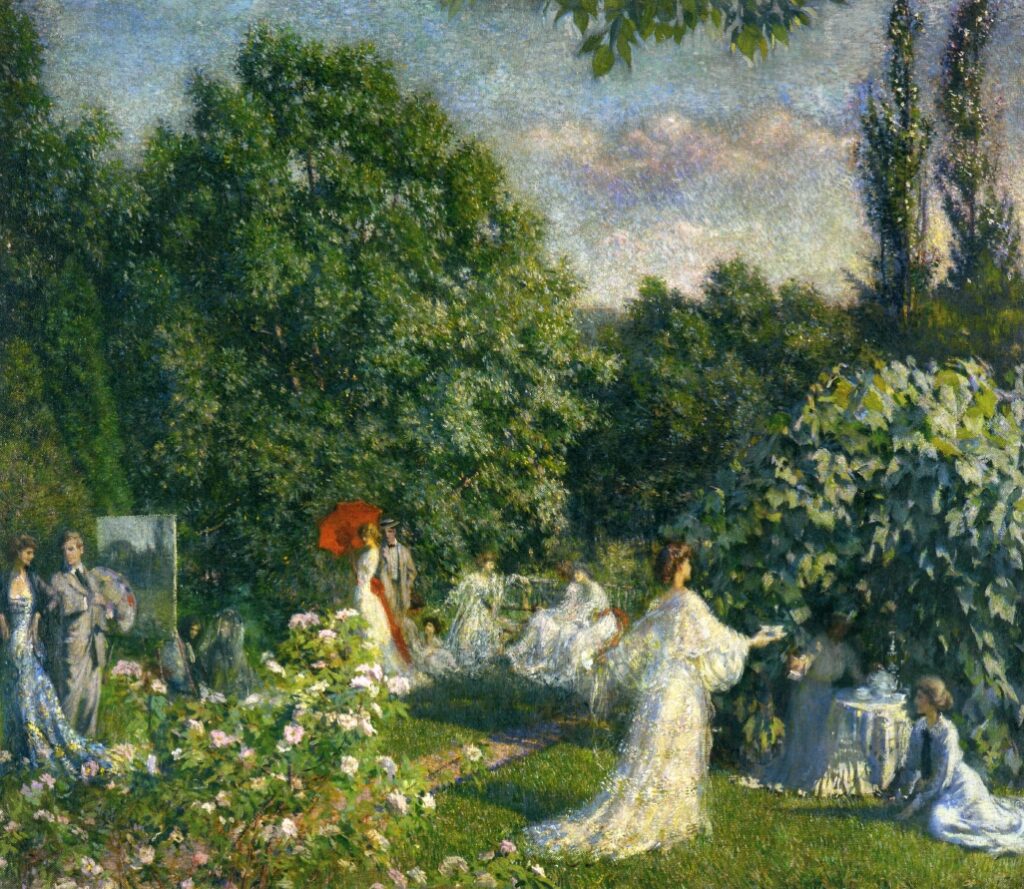

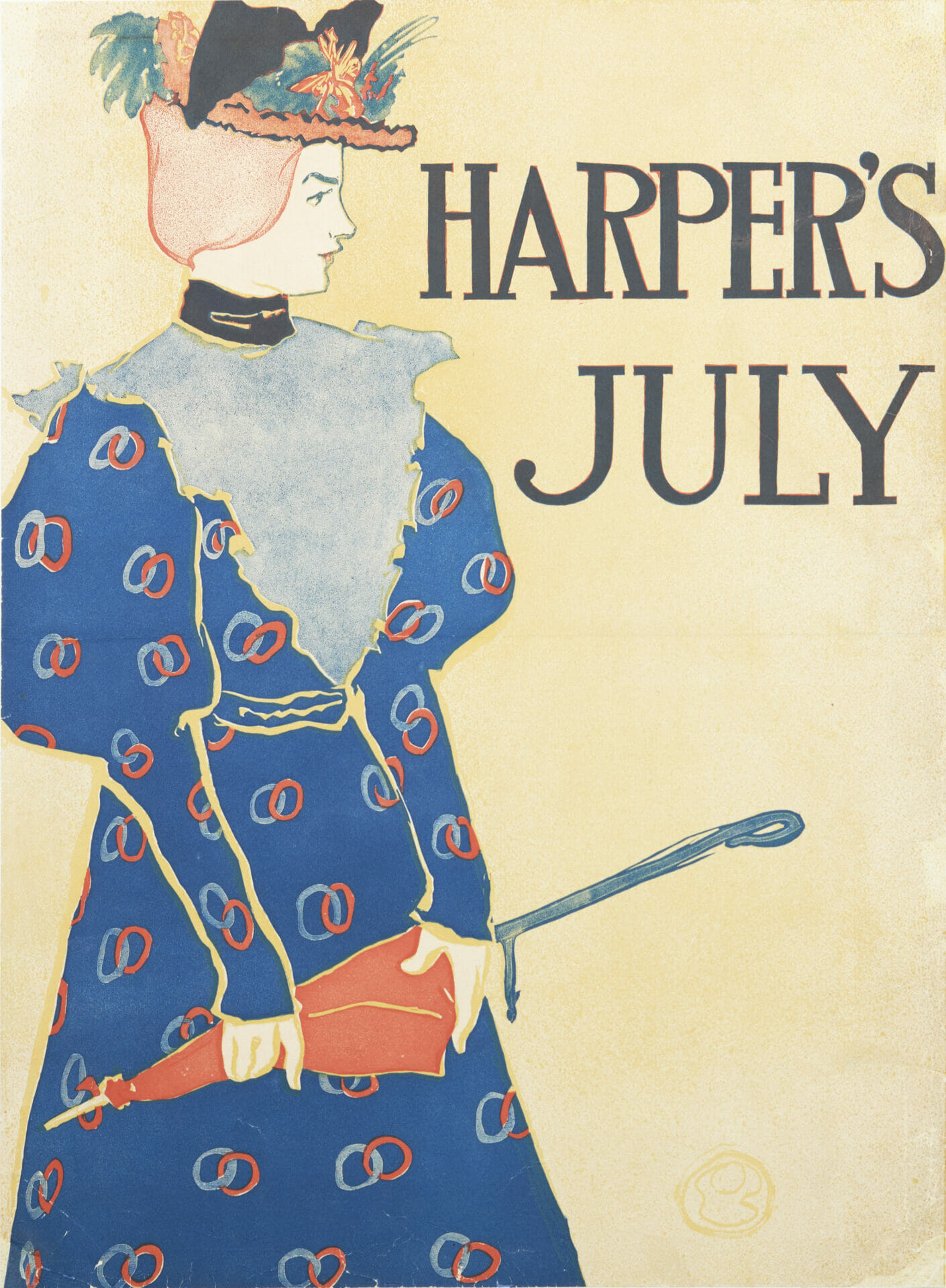












Leave A Comment